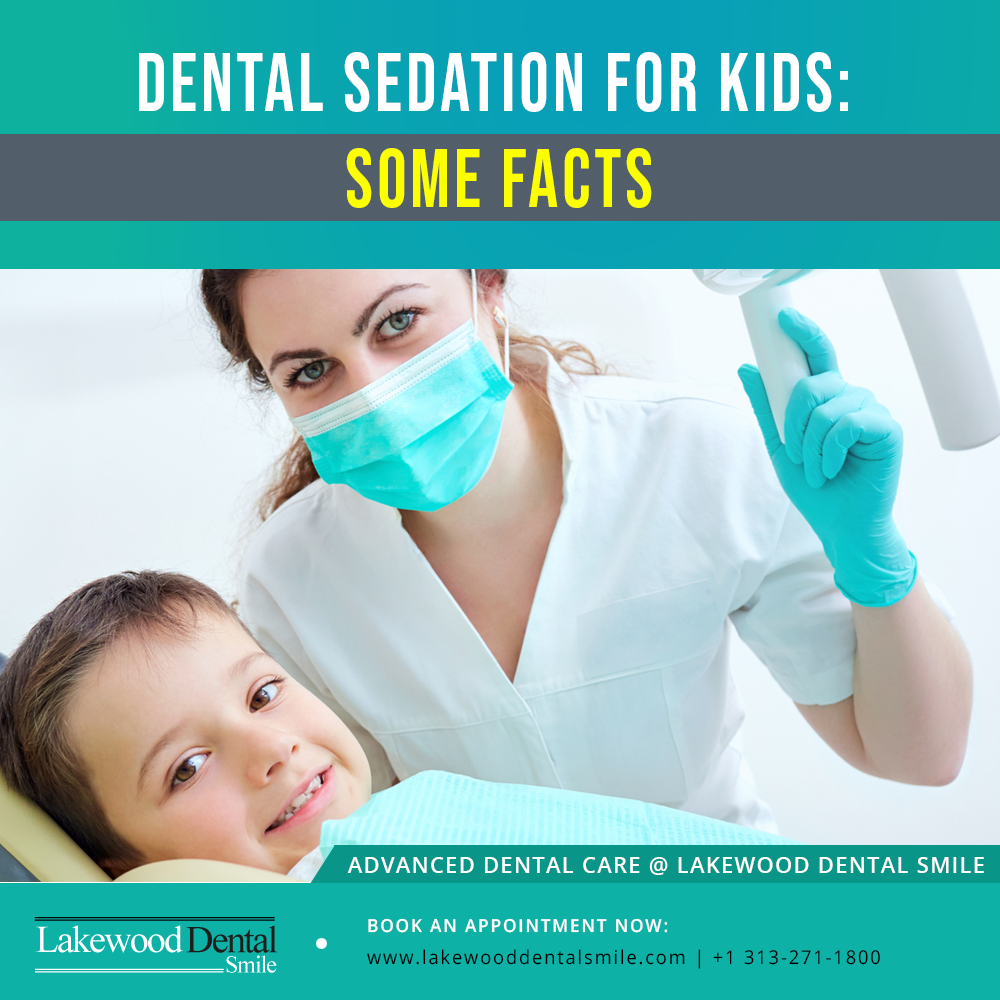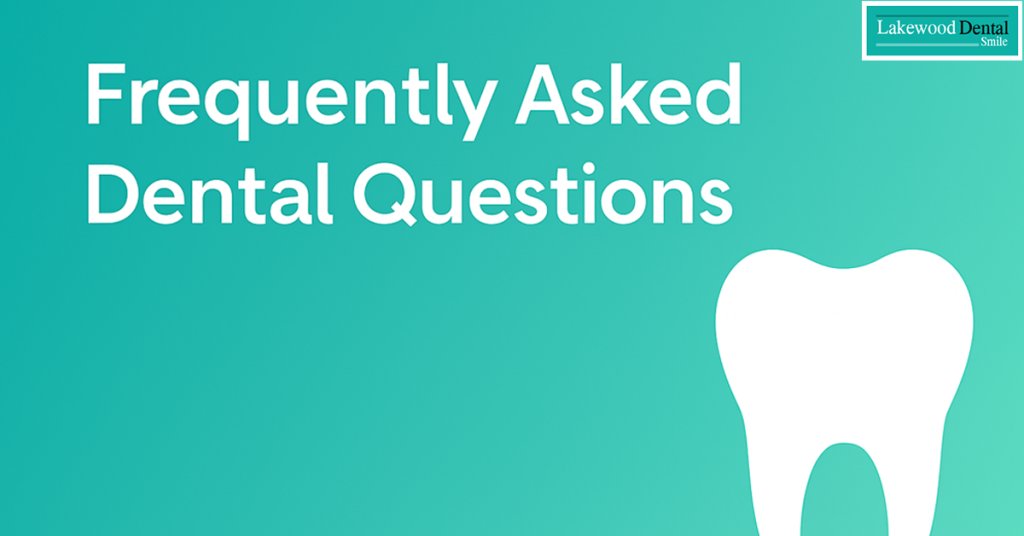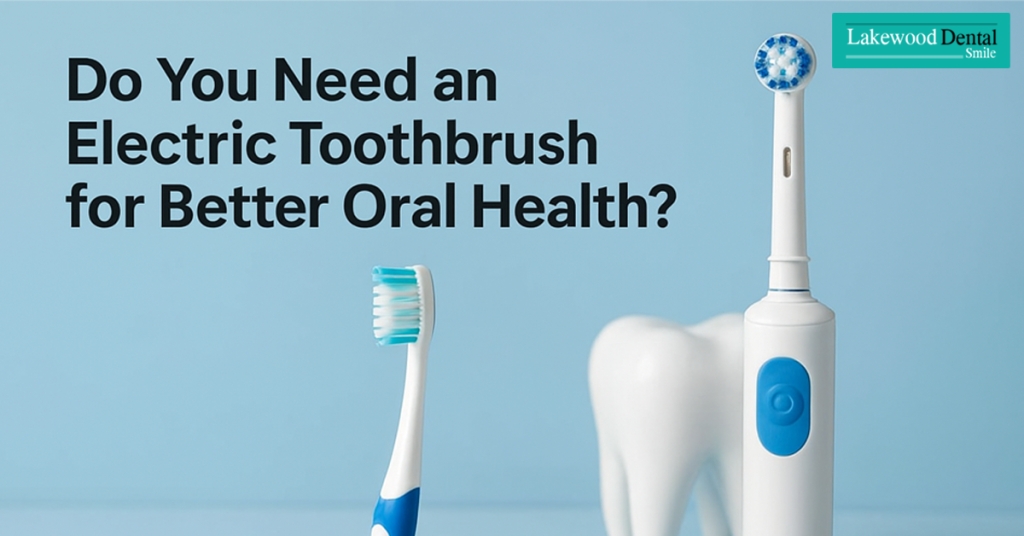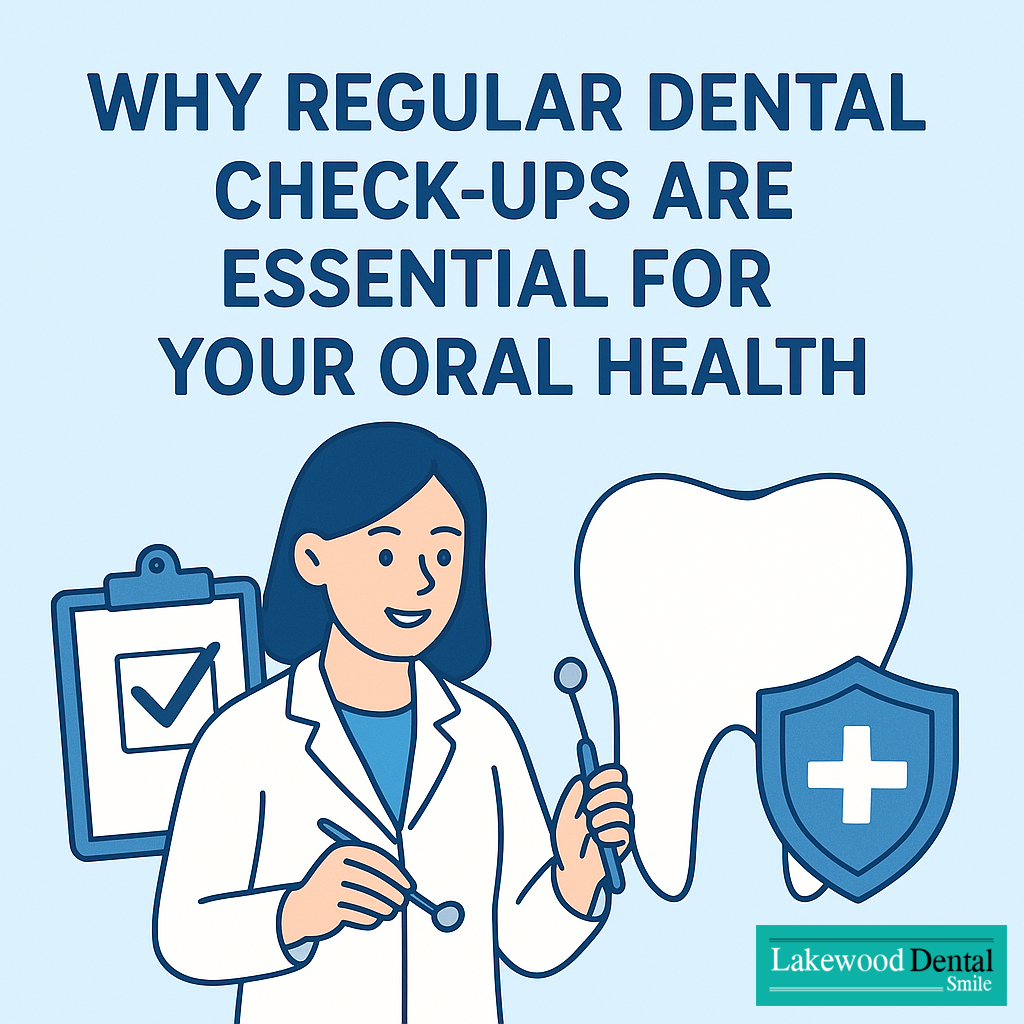Dental sedation for kids can sound intimidating for many parents. The thought of your child receiving sedation during a dental visit often raises natural concern. Yet, with the right understanding and reassurance, this process becomes much easier to accept. Sedation dentistry is not about forcing sleep — it’s about helping young patients feel safe and calm while receiving the care they need.
When handled by experienced pediatric dental professionals, sedation ensures that treatments go smoothly, without fear or stress. Understanding how sedation works, when it’s needed, and what to expect afterward will help you feel confident when your child visits the dentist. Let’s explore what parents should know about this important part of children’s dental care.

Procedure and Types of Sedation
There are several methods of dental sedation for kids, and the right one depends on your child’s comfort level, age, and the procedure involved. Dentists carefully choose the safest approach for each situation.
Here are the main levels of sedation used for children:
1. Nitrous Oxide (Laughing Gas)
This is the lightest and most common form of sedation. Your child breathes in a mild gas through a small mask, which creates a calm and happy feeling. They remain awake, responsive, and relaxed throughout the procedure.
2. Oral Sedation
Mild sedation is given through liquid or tablet medication before the visit. Your child stays awake but feels sleepy and less anxious. They can usually respond to verbal cues while remaining in a peaceful, semi-relaxed state.
3. Moderate Sedation
This deeper level may make your child drowsy or cause unclear speech. While still conscious, they might not remember much about the procedure — a benefit for children with high dental anxiety.
4. Deep Sedation and General Anesthesia
Used for complex or lengthy procedures, this form puts your child into a controlled sleep-like state. Only trained anesthetic professionals administer it, with constant monitoring to ensure total safety and comfort.
Each level of sedation is chosen carefully to match the dental treatment and your child’s individual needs.
When Is Sedation Needed?
Not every visit requires dental sedation for kids, but certain situations make it the best choice. Your dentist may suggest it when:
- A treatment involves a long or detailed procedure.
- Your child has a strong fear of dental visits.
- A previous negative dental experience causes distress.
- Your child struggles to stay still due to age or anxiety.
By easing anxiety and preventing sudden movements, sedation helps both the dentist and your child achieve a smooth and successful treatment experience. The goal is never to “knock them out,” but rather to create comfort and trust for future appointments.
Key Benefits for Young Patients
Parents often wonder if the benefits outweigh the concerns — and the answer is yes. Dental sedation for kids offers several proven advantages when used appropriately:
- Reduces Fear and Stress: Children who fear needles or dental tools feel calm and relaxed, building positive associations with dental visits.
- Ensures Safety: Sedation prevents sudden movements that could affect treatment accuracy or safety.
- Promotes Cooperation: Kids who might otherwise resist care can comfortably complete needed procedures.
- Improves Dental Health: Fear often leads to delayed treatments. Sedation helps ensure timely dental care, preventing decay or complications later.
“Sedation dentistry is not about sleeping — it’s about helping children feel safe while learning that dental care can be a positive experience.”
These benefits show why pediatric dentists recommend sedation only when it enhances comfort and long-term oral health.
A Real-Life Scenario
To understand the comfort that dental sedation for kids provides, imagine a 6-year-old named Mia. She needed a small cavity filling but became very anxious at the sound of dental instruments. After her dentist discussed options, her parents agreed to mild nitrous oxide sedation.
During the procedure, Mia felt light and giggly, breathing calmly through her nose. The dentist completed the filling in minutes while Mia stayed relaxed and comfortable. Afterward, she was proud of her bravery — and her parents felt reassured knowing the process was safe, gentle, and handled with expert care.
This example shows how sedation transforms a fearful dental visit into a positive experience that builds lifelong confidence.
Aftercare and Recovery Tips
Once a dental sedation for kids procedure is complete, recovery is usually quick. Parents can help make the transition smoother with these simple aftercare steps:
- Stay Close: Keep your child nearby until full alertness returns. Offer comfort and reassurance as they wake up.
- Hydrate Gently: Give small sips of water first, followed by light snacks when your child feels ready.
- Allow Rest: Encourage relaxation at home for the rest of the day. Avoid intense play or physical activity.
- Observe and Communicate: Mild effects such as drowsiness or imbalance fade quickly. If your child feels unwell for longer than expected, call your dentist for guidance.
Your dentist will provide detailed aftercare instructions and ensure your child’s recovery is monitored safely.
Conclusion
Dental sedation for kids is a safe, effective, and caring approach that helps children receive necessary dental treatment without fear. By reducing anxiety and ensuring comfort, it promotes a lifetime of positive dental habits. Parents can trust that sedation decisions are made thoughtfully, using proven techniques and constant supervision.
At Lakewood Dental Smile, our compassionate team specializes in making young patients feel relaxed and supported throughout every step of their visit. We believe that every child deserves a calm, gentle, and confident smile — one happy dental experience at a time.





